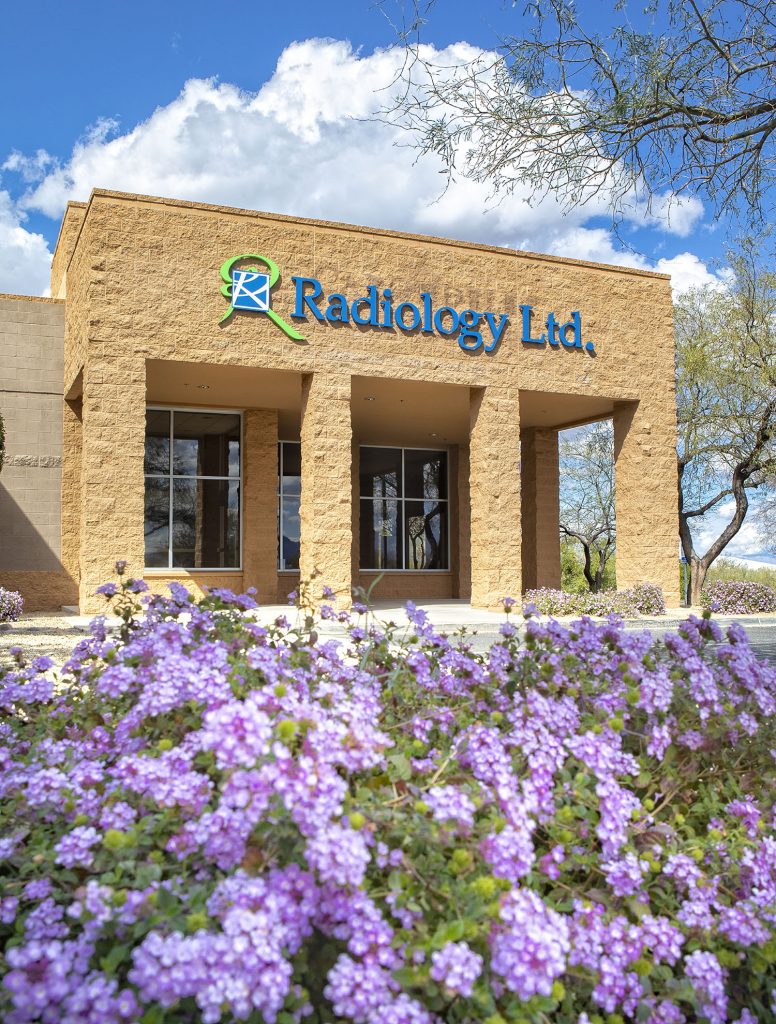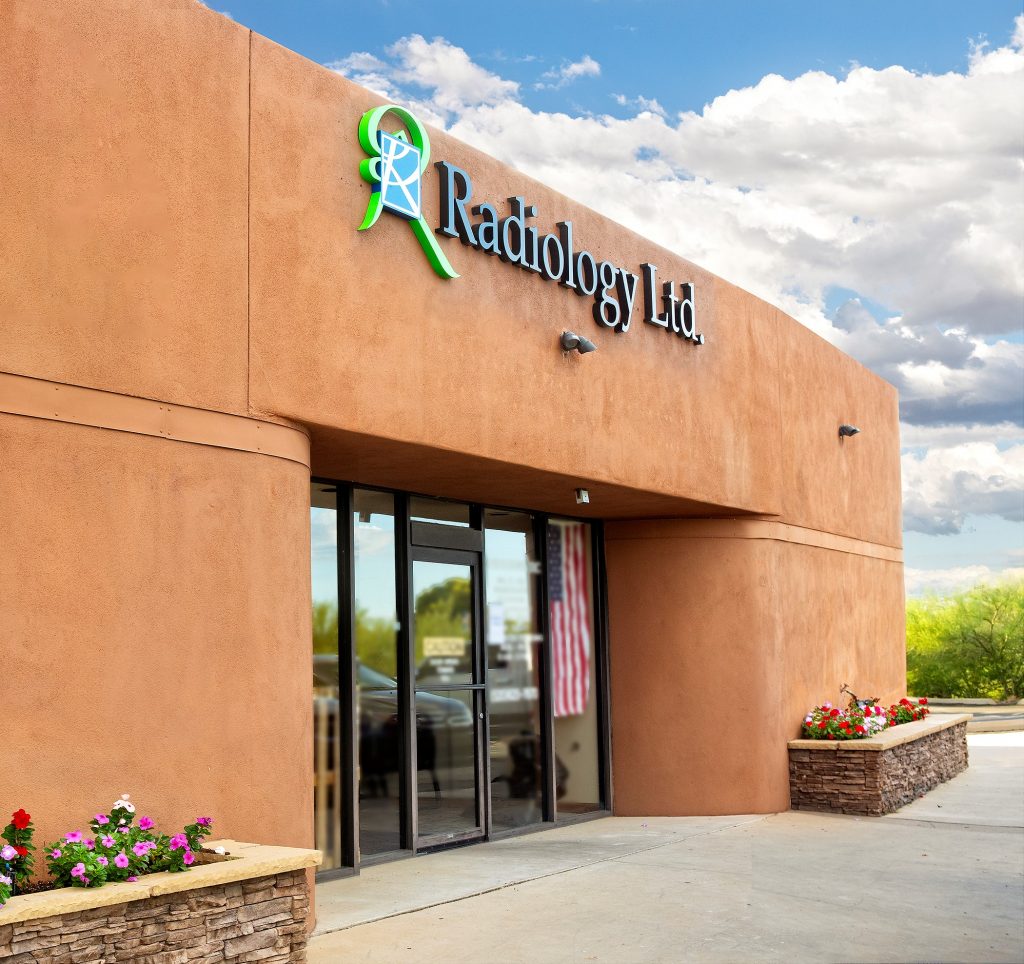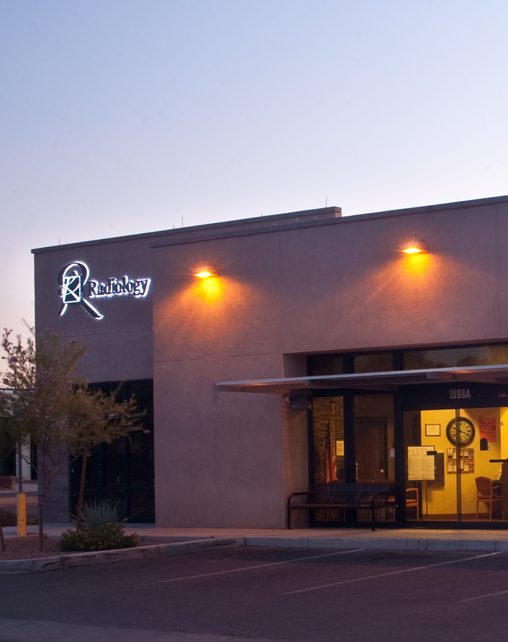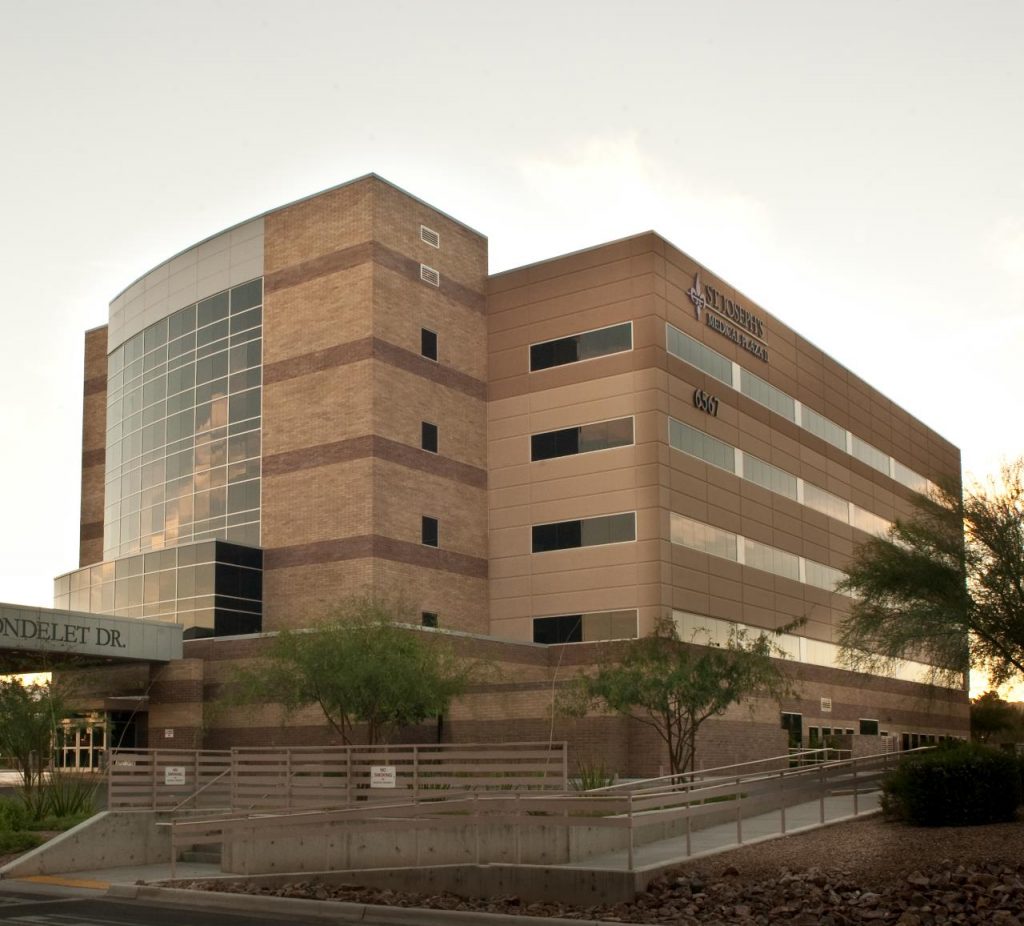Dr. Edward Hayden was a 1925 graduate of the University of Minnesota Medical School, and completed post-graduate work in diagnostic X-ray at the Mayo Clinic in Minnesota and at Stanford University. He was primarily responsible for the X-ray department at the Desert Sanatorium (now known as Tucson Medical Center). He entered private practice in 1933, but remained contracted with the Desert Sanatorium to interpret X-rays. By 1939, Dr. Hayden occupied shared office space at 115 South Stone Avenue, where he had an active X-ray, radium, and pathology practice.
In 1946, Dr. Arthur Present joined Dr. Hayden’s burgeoning radiology practice. As Tucson’s medical needs grew, so did their radiology group. By 1959, they had moved to a new location at 1603 North Tucson Boulevard, and had grown to eight radiologists, including: Drs. Herbert David (Dave) Welsh, Walter T. Hileman, John A. Wilson, Frank Goodrich, André Bruwer, and James Nauman. Their partnership had contracts with St. Mary’s Hospital, Tucson Medical Center, and the Southern Pacific Hospital. In addition, the group’s radiologists worked part-time at the Pima County Hospital. The radiologists also consulted periodically at the Veterans’ Hospital and Davis-Monthan Air Force Base. Dr. Nauman recalls his daily walks through town from the office to the hospital wearing the red accommodation goggles that prepared his eyes for fluoroscopy exams—something that must have presented quite a spectacle in Tucson! Other doctors were known to wear these red fluoroscopy goggles during their drive to the hospital.










